5 DIY Questions You’ve Always Wanted Answered
Like me, you use DIIY products all the time. Have you ever wondered how these products were made, who invented them or what they are made of? Being a deep thinker, I’ve thought about these things; I’ve had 5 DIY questions I’ve wondered and pondered about. I finally check them out on Google.
Have you ever wondered the who, what, why of a product that you use all the time? Like, who invented peanut butter? Who thought up toilet paper? (Come on, I know you’ve thought about it.) Who figured out that you have to boil a lobster while it’s still alive? So with our ready and able Google, it’s easy to find the answers. I could go on jeopardy now (a life~long dream) and win Final Jeopardy and meet Alex Trebeck. I could be the champion craft person.
What started me thinking about this lofty subject is that march is National Craft Month. I didn’t know that. Did you? Well, now I’ve found the answers to these 5 DIY questions for you. So don’t worry. I’ve gotcha covered.
5 DIY Questions You’ve Always Wanted Answered
There’s a day, week or month for every subject under the sun. So let’s start with an easy question.
What is National Craft Month?
In 1994, the Craft & Hobby Association created National Craft Month to help people rediscover and learn about the benefits of crafting.
According to the Craft & Hobby Association, during National Craft Month, crafters get creative with their supplies. Artisans set to work on a design, and different craftspeople put their skills together to bring an idea to life. With a broad range of crafts to choose from, National Craft Month inspires all kinds of mediums.

The Benefits of Crafting?
Expressing one’s creativity provides stress relief and can lower blood pressure much like meditation. There’s natural positive reinforcement from learning a new skill. With each new step learned, the satisfaction from gaining the skill is rewarding. Most crafts require fine motor skills. Crafts teach young children these skills as well keep ours sharp as we age.
Crafting with a group becomes a social event. Gather with friends and complete a larger project or several smaller ones.
I knew all that, didn’t you?
What is Glitter?
I love glitter, especially during the holidays. I heard several months ago that glitter might be outlawed. DIYers and party planners and moms who hold birthday parties will rise up in rebellion. But what is glitter? I clipped an article out of the paper (originally in the New York Times) last December and I’ve been keeping it just because I knew one day you would ask.
Before I share the science behind glitter, there is a reason that we love glitter. As humans, we are drawn to shiny things. A theory that has found favor among research psychologists (supported, in part, by a study that monitored babies’ enthusiasm for licking plates with glossy finishes) is that our attraction to sparkle is derived from an innate need to seek out fresh water.
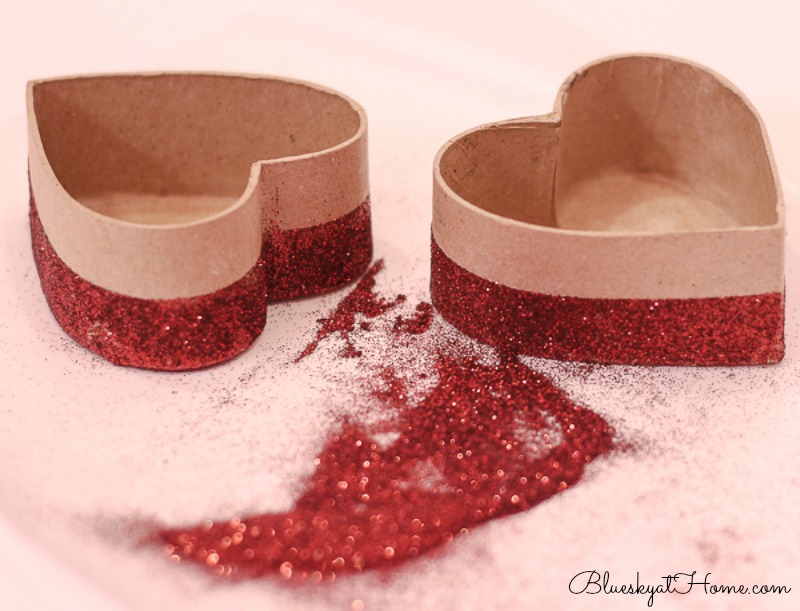
Hmm, I don’t see the connection to fresh water, but I do appreciate the love of sparkly things.
So, from a scientific standpoint, glitter is “aluminum metalized polyethylene terephthalate”. Say that 3 times real fast.
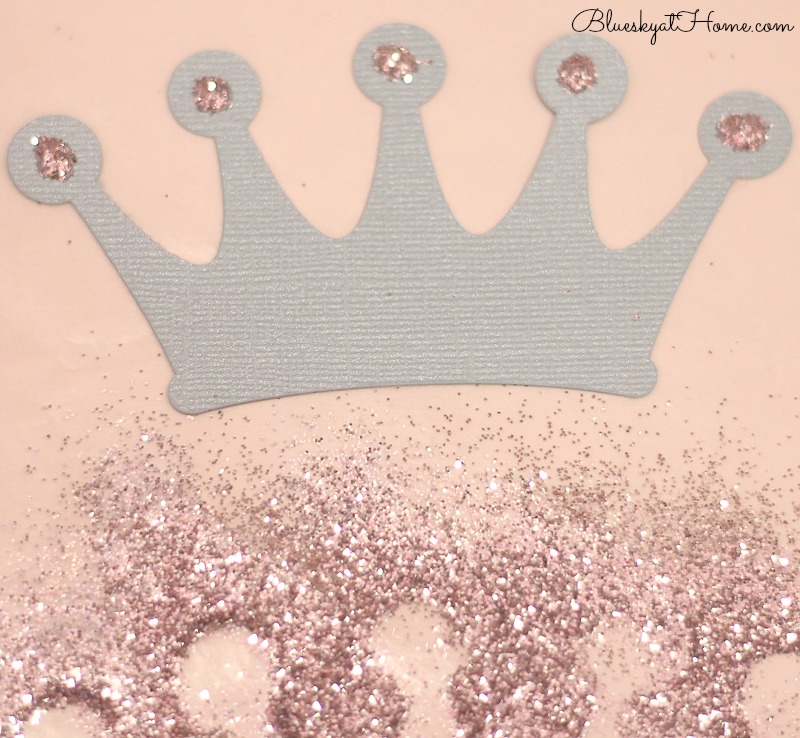
The bulk of glitter is made from plastic, though some varieties come from other sources, like aluminum. Clear glitter looks like tiny pieces of a dead jellyfish. Then the next step is to metalize the clear film. Potato chips bags start with the same polyester film; it’s metalized with aluminum.”
All glitter is made from 2 companies, both in New Jersey. The tiny, shiny, decorative particles of glitter we are familiar with today are popularly believed to have originated on a farm in New Jersey in the 1930s, when a German immigrant invented a machine to cut scrap material into extremely small pieces. The specific events that led to the initial dispersal of glitter are nebulous; in true glitter fashion, all of a sudden, it was simply everywhere.
The most well~known glitter producer today is Glitterex. Today glitter is literally everywhere, not just on cute DIY projects. Makeup, nail polish, football helmets. Even the shiny glittering chip on your credit card is made from a form of glitter. Is that why I love using that card so much?
So, can you guess what the most popular color of glitter is, year in and year out?
If you guessed silver, you’re right.
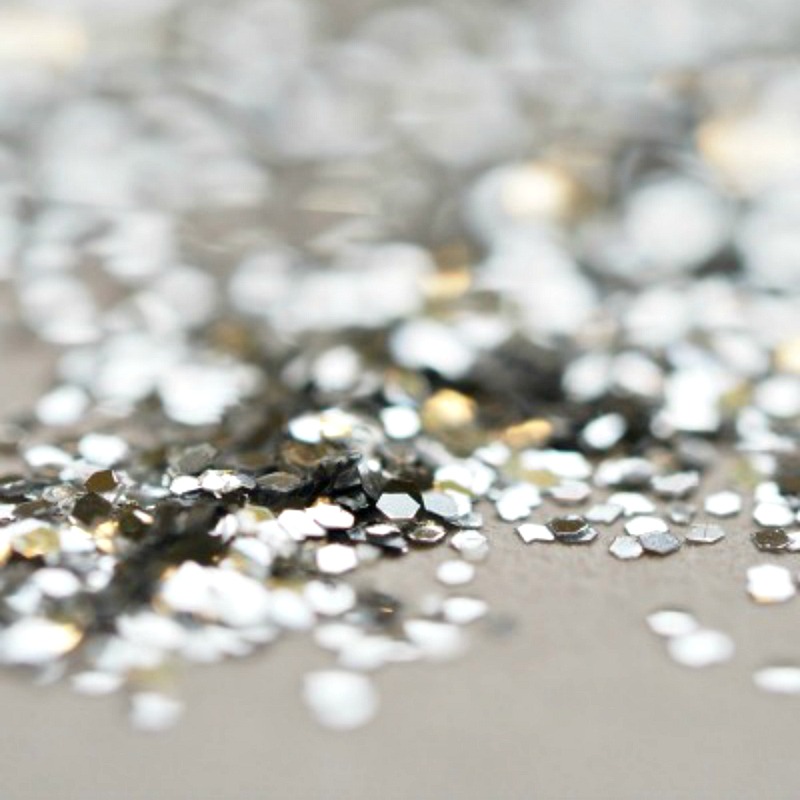
Who Invented the Glue Gun?
And it all started with a shoe. Not very romantic, but definitely worth noting. In the late 1940’s in Boston, a man named George Schultz, who worked as a steam engineer, invented the first industrial glue gun, known as the Polygun, when he watched shoemakers burn themselves while dipping hot glue from a pot. He founded Industrial Shoe Machinery in Boston in 1954, and sold the company to 3M in 1973 for more than $3.8 million. Not a bad profit.
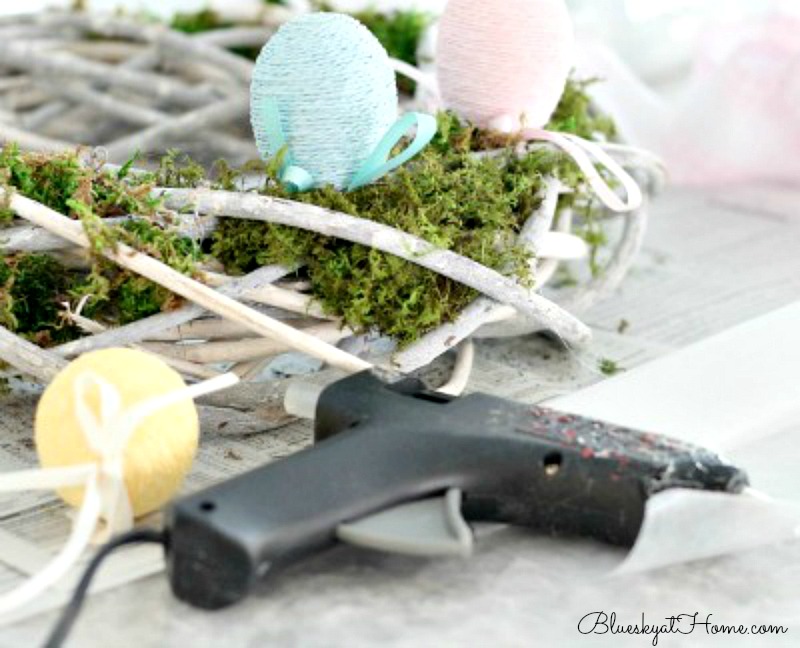
When they were initially fabricated, hot glue guns were used to bond shoe soles, though they are applicable to various other projects and materials, such as to apply glue to delicate cloth fabrics and to denser materials, including wood.
George passed away in 2008 at the age of 82. I wonder what he and his descendants would be worth today from the millions of glue guns that have been sold. Well, here’s to George: we couldn’t do our DIY without you.
What is Mod Podge?
Now, be honest. You do have a bottle of Mod Podge somewhere in your craft drawer? I cannot tell a lie, I have 2 jars. My mother used Mod Podge back in the 60’s and 70’s. She used it to découpage wood purses with paper designs. She would have been a fabulous DIY blogger today.
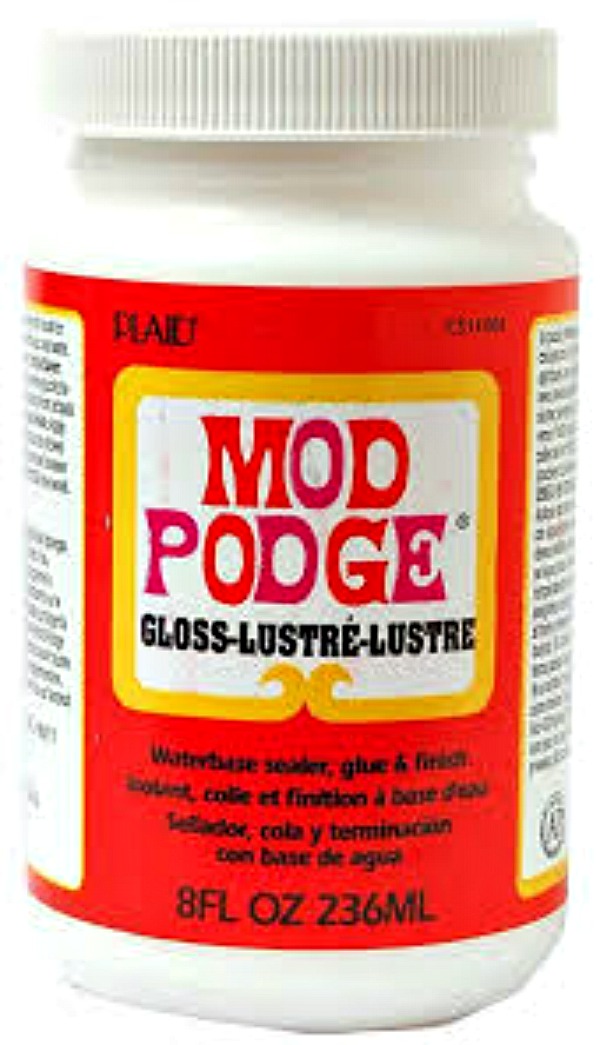
Not to digress, but “découpage is the art of decorating an object by gluing colored paper cutouts onto it in combination with special paint effects, gold leaf and other decorative elements. Commonly, an object like a small box or an item of furniture is covered by cutouts from magazines or from purpose-manufactured papers.”
Yep, that’s exactly what mom did. We should have bought stock in Mod Podge back then.
Anyway, Mod Podge is one of the most well known craft supplies in existence ~ you might recognize it from its retro label.
But if by some chance, you aren’t familiar with Mod Podge, it’s an all-in-one glue, sealer and finish used to attach paper and fabric to various surfaces. Crafters use it for all sorts of projects, ranging from home décor to jewelry to gifts to budget crafting. One thing that most people don’t know about Mod Podge is that there are several formulas — which are all good for gluing and sealing — but have different finishes.

I didn’t know that.
This all in one découpage glue, sealer and finish is quick-drying for multiple coat build up. It dries clear and is easily sanded to a smooth matte finish. You can paint your base item all one color and use Mod Podge to attach cut paper, fabric, or lace onto it. You can also paint designs onto it and use Mod Podge as a sealer.
It’s a one~stop product.
What, Actually, is Chalk Paint?
I’m not talking about the brand Chalk Paint, the paint I spent my grandkids’ college tuitions on years ago. The paint I used so much even Sweet Shark begged me not to paint another piece of furniture in Old White, Coco or Duck Egg Blue.
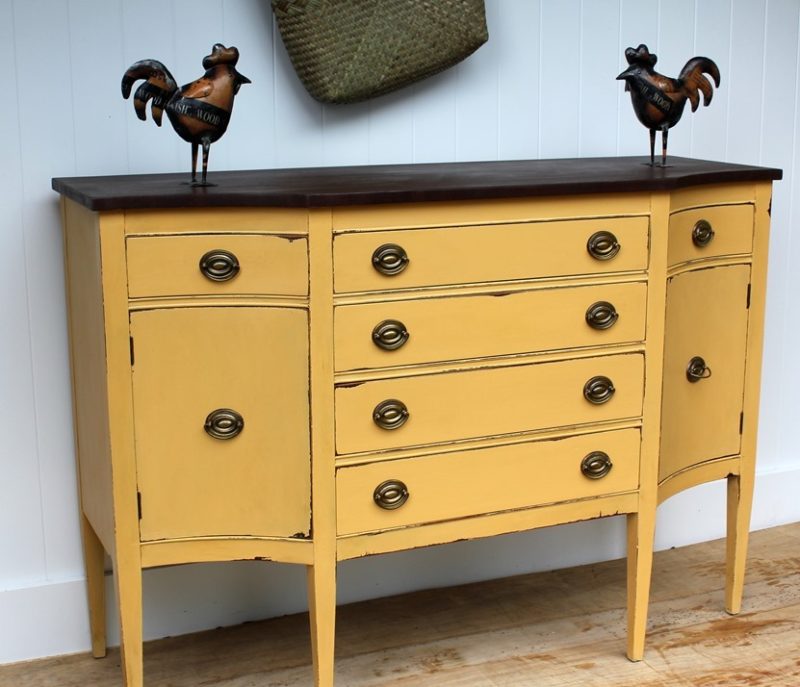
I did finally give up on the brand when I just got tired of the streaky finish, spending hours between coats, waxing with the butch wax consistency, and letting pieces “cure” for 30 days. Sweet Shark has been a happy camper for a few years now.
I’m talking about the paint: what exactly is in the darn stuff? What makes it different from latex or enamel or finger paint, for that matter?
Chalk paint is not chalk; it is a type of paint that can be used on furniture and other items to create a chalky appearance. It’s used for creating an aged appearance and can be distressed easily. Recognized by its soft, matte finish, chalk paint is commonly used to give furniture an aged, distressed look.
Yes, I knew that. And I like that look ~ most of the time. But if I can learn what glitter is made of, then surely chalk paint can spill the beans.
Calcium Carbonate Chalk ~ I love alliteration. Ground up chalk that is mixed with other ingredients to create an entire industry. Today, there is not just Chalk Paint; there is chalk paint and chalk paint and chalk paint. Almost every paint company makes a version of chalk paint. Some DIYers have created brands of their own. Some are better than others; yes, Chalk Paint is expensive, but chalk paint (Notice the change from upper case to lower case letters.) can be expensive or cheap. It’s definitely a case of you get what you pay for.
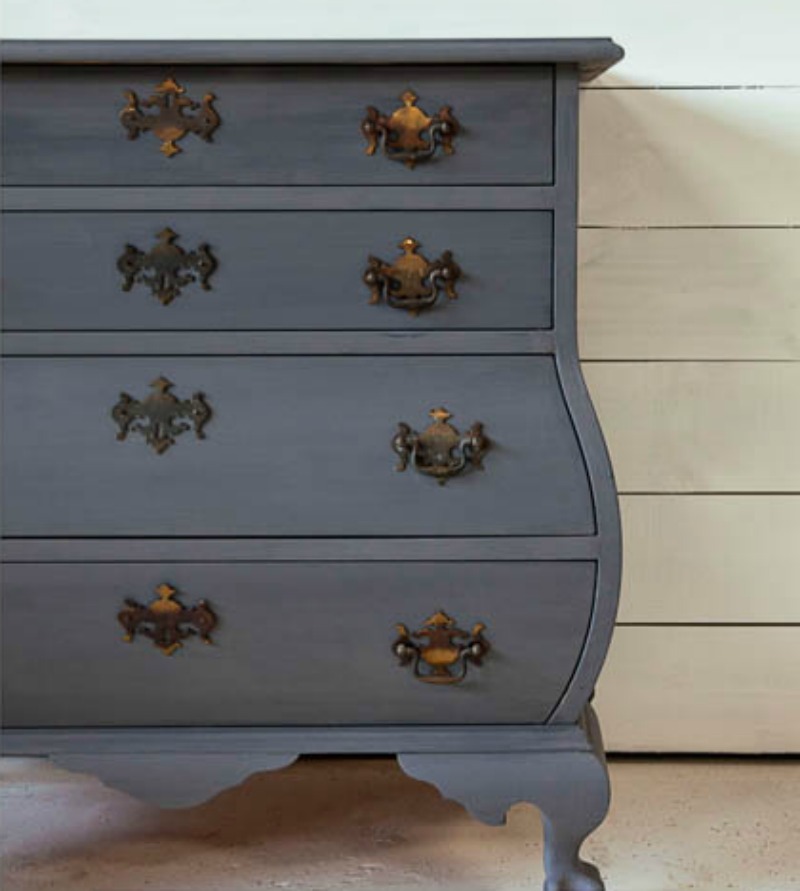
DIYers have resorted to creating their versions of chalk paint at home: either making it from scratch with baking soda, plaster of Paris or grout, or use a recipe to transform latex paint to chalk paint, such as this one.
- Add one cup of paint to a container.
- In a separate container, dissolve 4 tablespoons calcium carbonate in just enough water to dissolve the powder to a smooth consistency (like ranch dressing).
- Stir it into the paint.
I love ranch dressing.
Recently, I switched to a new product in the chalk paint arena called Rescue Restore. It has all the great features of chalk paint but none of the negatives. Yes, I’m a representative, but I wouldn’t tell you it was great if I didn’t love it. We’re friends and friends don’t steer friends the wrong way when it comes to chalk paint.

So, how savvy were you about these products? Did you know all this stuff? I’m happy to say that I learned some new things that I didn’t know before. We should now go on the nighttime version of Jeopardy DIY.
We could make a million. And then we could spend it on glitter and glue guns and glue sticks and Mod Podge.
What questions about DIY products or history are you dying to know? I’d love to know what you want to know. I’ll look it up for you. I’m a Google expert now. If Google doesn’t know, I’ll ask Alex.

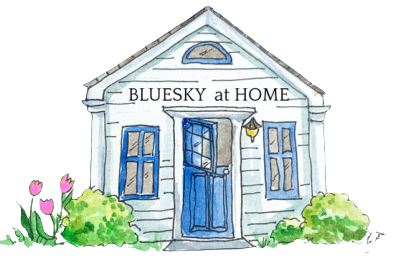

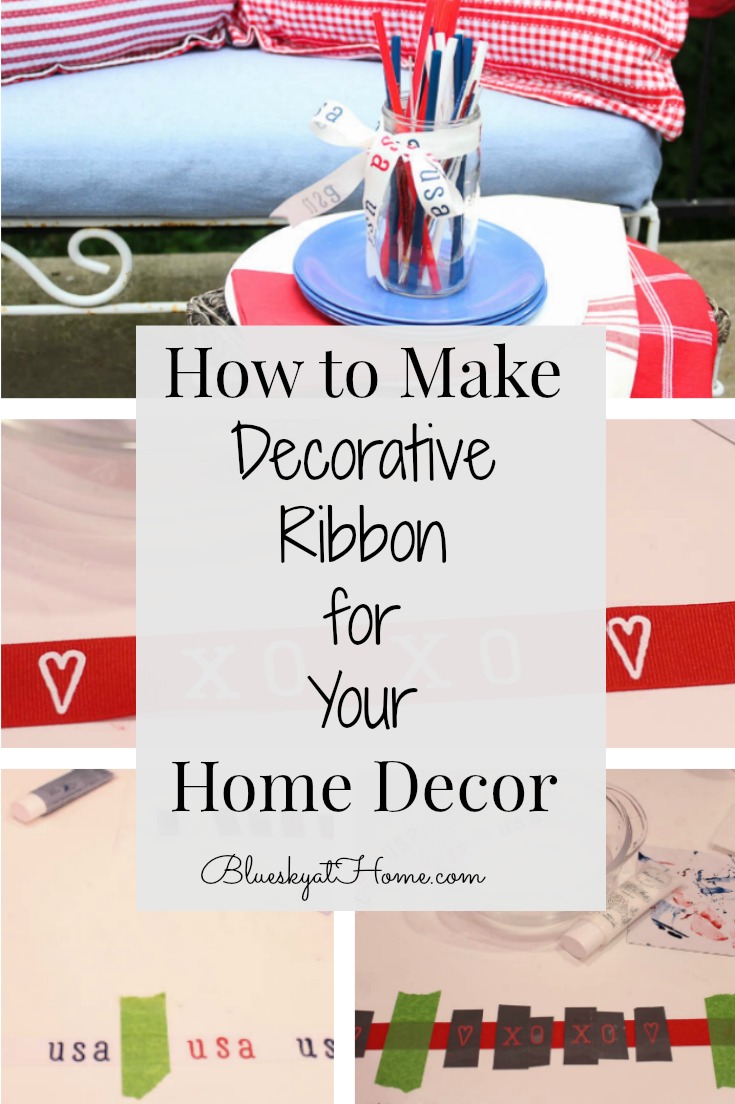
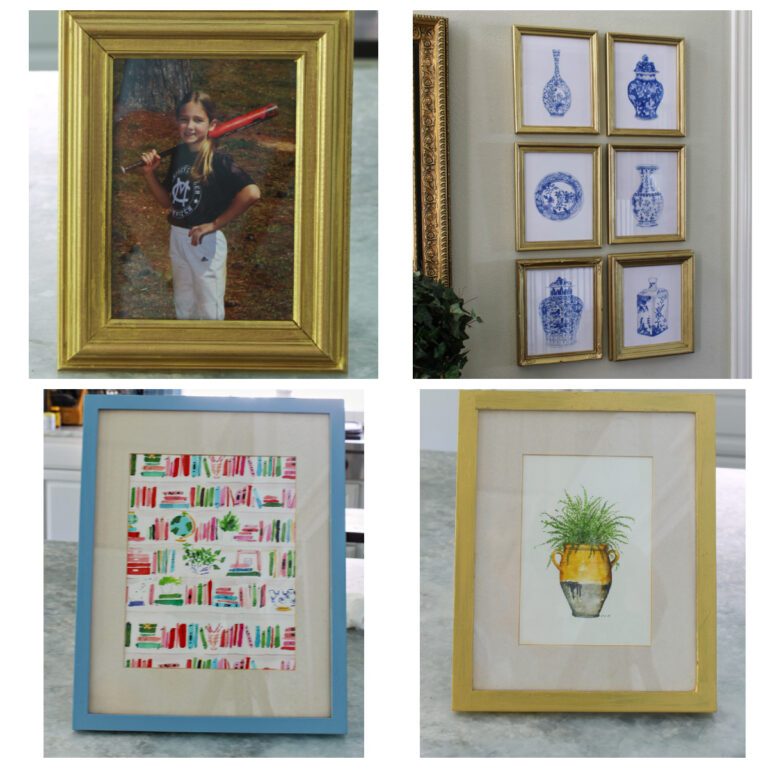
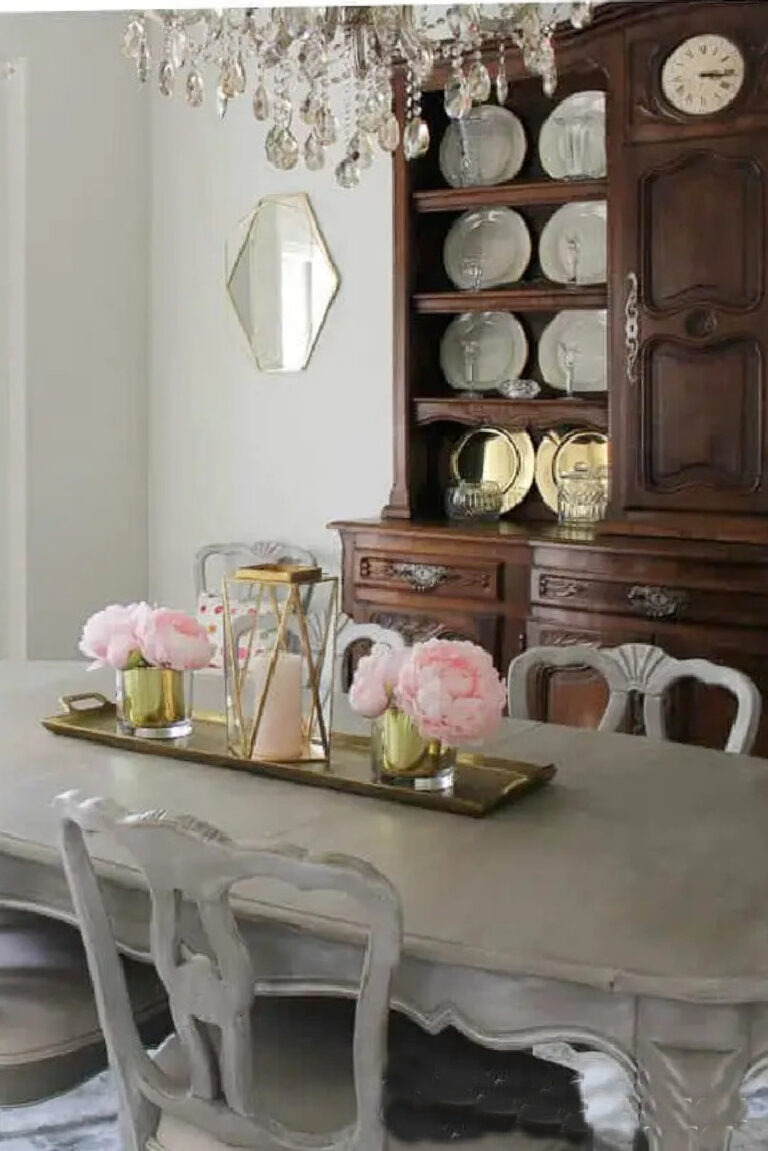
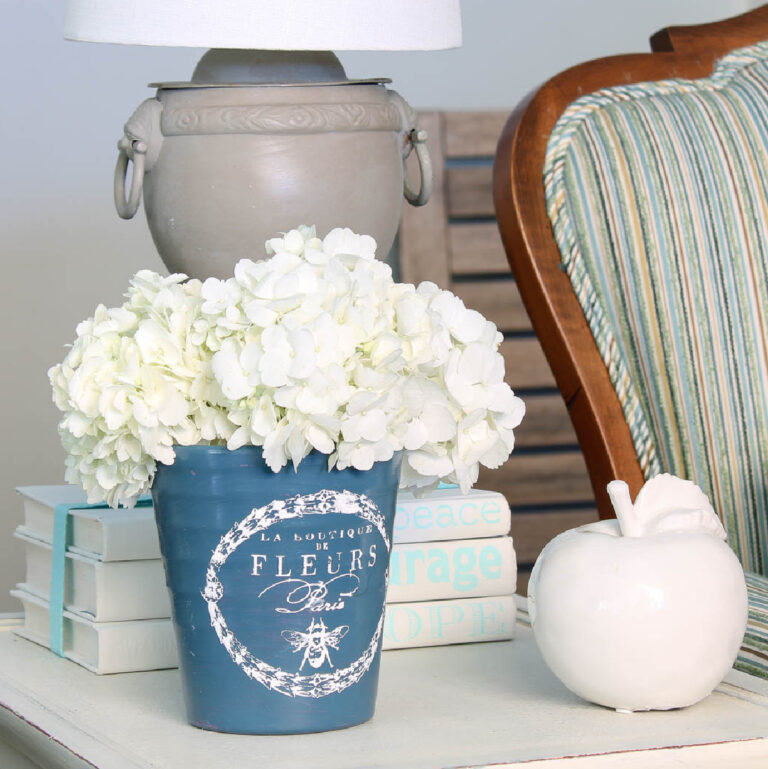
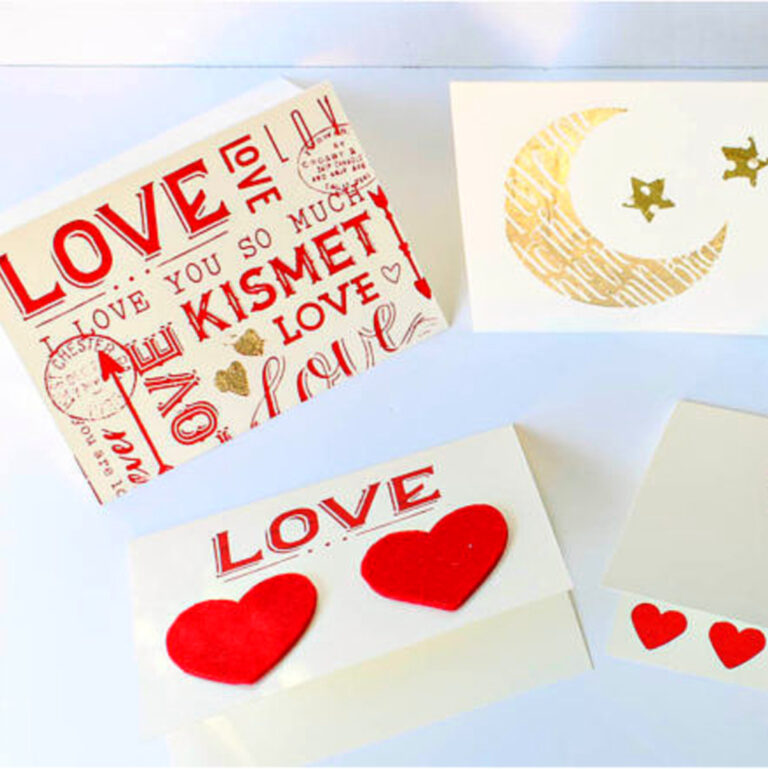
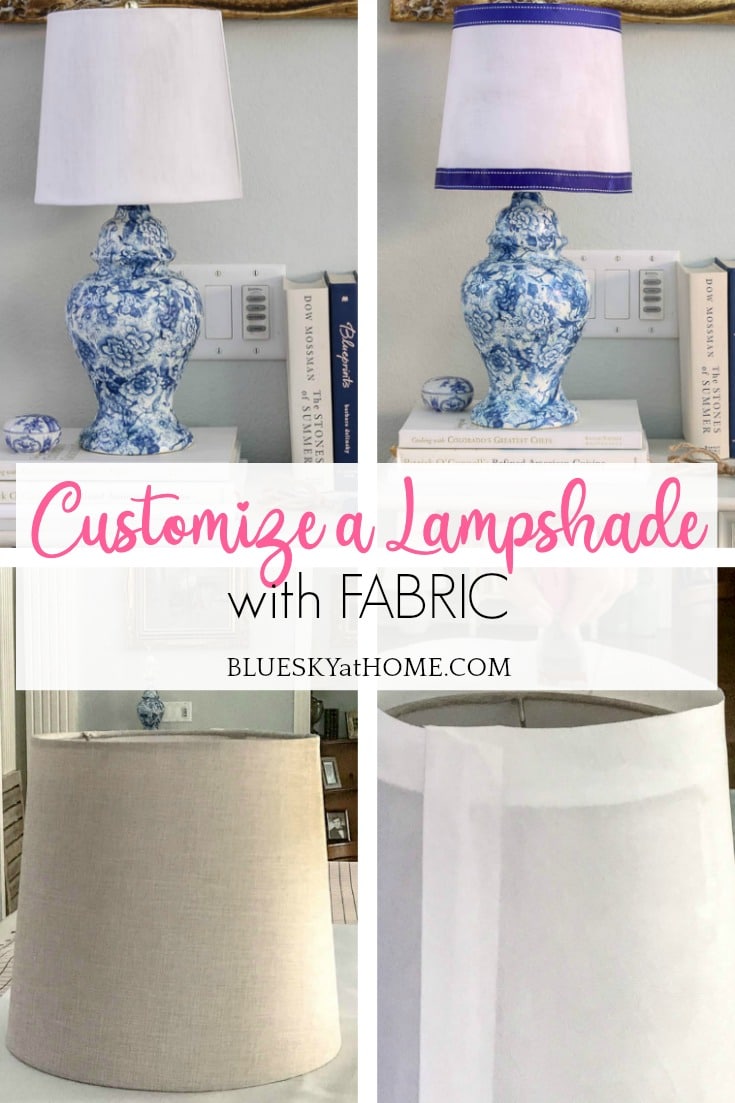
I’m always learning something new! Had no idea about the glitter, although I hate the stuff because it gets into everything. Haha. I love Mod Podge and chalk paint and use them all the time.
Mary, I know what you mean about glitter. I find it all over the place, even when I try to be so careful. But I love how much it adds to projects.
I learned a lot from this post. I seriously never wondered where glitter came from before this article. 🙂 And thank you for the chalk paint recipe.